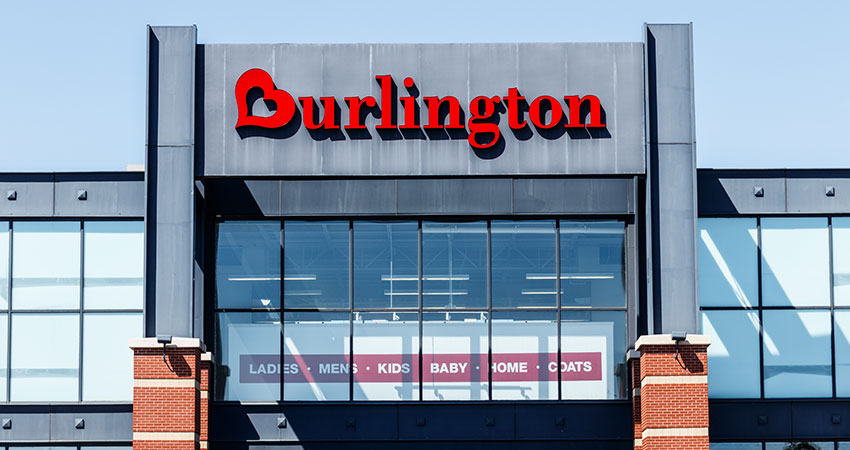After spending years trying to shed its “coat factory” branding – think Boston Market on the fast casual side – Burlington Stores is shedding something else: Ecommerce.
Competitors Ross Stores and TJX are opening doors with a vengeance as discount retail remains red hot in a down market, with the former having also ditched ecommerce on its website.
“We made the decision recently to wind down our ecommerce operations,” Burlington Stores CEO Michael O’Sullivan told investors on the Q4 2019 results call. “This represented about 0.5% of our total sales. In our business, which is a moderate off-price business, the nature of the Treasure Hunt and the average price point that we operate at means that bricks and mortar stores have a significant competitive and economic advantage over ecommerce.”
Burlington Stores’ total sales increased 10.5% to $2.2 billion in Q4 and comparable store sales increased 3.9%, while new and non-comp stores contributed $151 million in sales. Net income increased 12% to $206 million. For fiscal 2019, sales rose 9.3%, including a comp increase of 2.7% and net income was up 12% to $465 million.
Burlington Stores ended the year with 727 stores and expects to open 80 new ones and close or relocate 26 in fiscal 2020. For the first time, the average size of a new store will dip below 40,000 square feet. The ecommerce business has historically been counted as one store.
In addressing questions about the impact of the coronavirus on retail, O’Sullivan said “the off-price model is more resilient and more flexible than other retail models” because the treasure hunt aspect has appeal in any economy.
The TJX Companies, whose off-price brands include T.J. Maxx, Marshalls and HomeGoods, had a 10% increase in Q4 net sales to $12.2 billion, and consolidated comps up 6%, outpacing guidance of a 2% to 3% increase.
Ross Stores, meanwhile, reported $4.4 billion in Q4 sales, with comparable store sales up 4% in addition to a 4% gain in Q4 the prior year. Like Burlington, Ross Stores does not feature ecommerce on its website, just “found in store” and “store locator.”
The company announced this week it opened 19 Ross Dress for Less and seven dd’s Discounts stores in nine states in February and March, part of its plan to open 100 doors this year – 75 Ross and 25 dd’s Discount locations. TJX for its part plans to open 170 stores in 2020.
The off-price retail results contrast with the struggles of mid-price retailers like Macy’s, which saw a slight decline in comp sales for Q4 and the full year. By contrast, Nordstrom, a premier retailer with an off-price brand, Nordstrom Rack, and a strong ecommerce operation, fared better, reporting Q4 net sales growth of 1.3%.
Asked on the investor call for a deeper dive on Burlington’s decision to ditch ecommerce, O’Sullivan cited three factors, including how the company stacks up against main competitors Ross and TJX.
“Our topline growth in the last three years has averaged about 8% per year, driven by our brick-and-mortar stores,” he said. The company is “clearly taking market share,” he said, saying as the smallest of the three Burlington has “significant potential for further growth in our bricks and mortar network.”
The cost of engaging in ecommerce was another concern. O’Sullivan called it “very difficult” to balancing an average price of $12 per unit in its stores against the cost of merchandising, processing, shipping and accepting returns.
“There are also very significant constraints on re-creating the off-price treasure hunt in an online environment,” O’Sullivan said, calling that reason number one.

